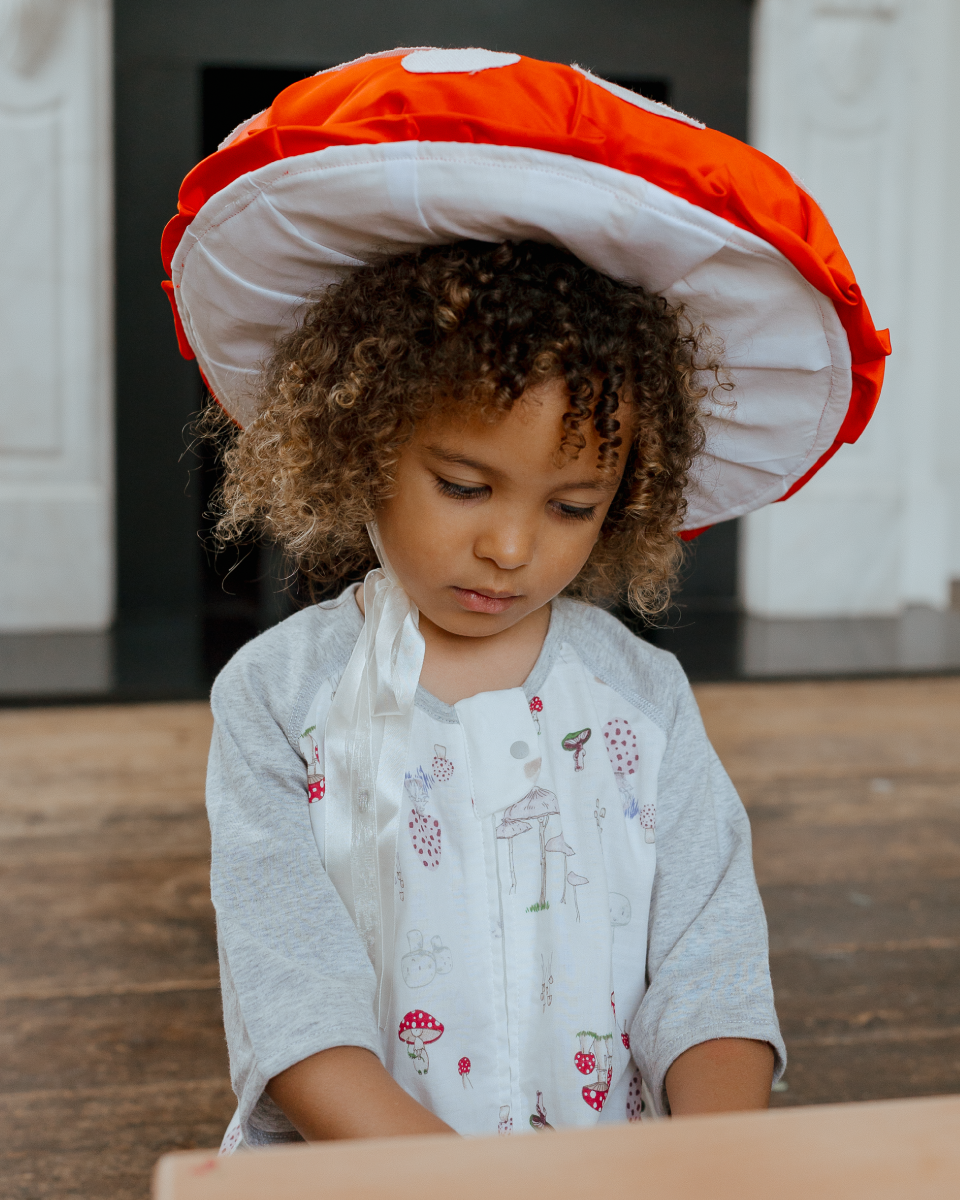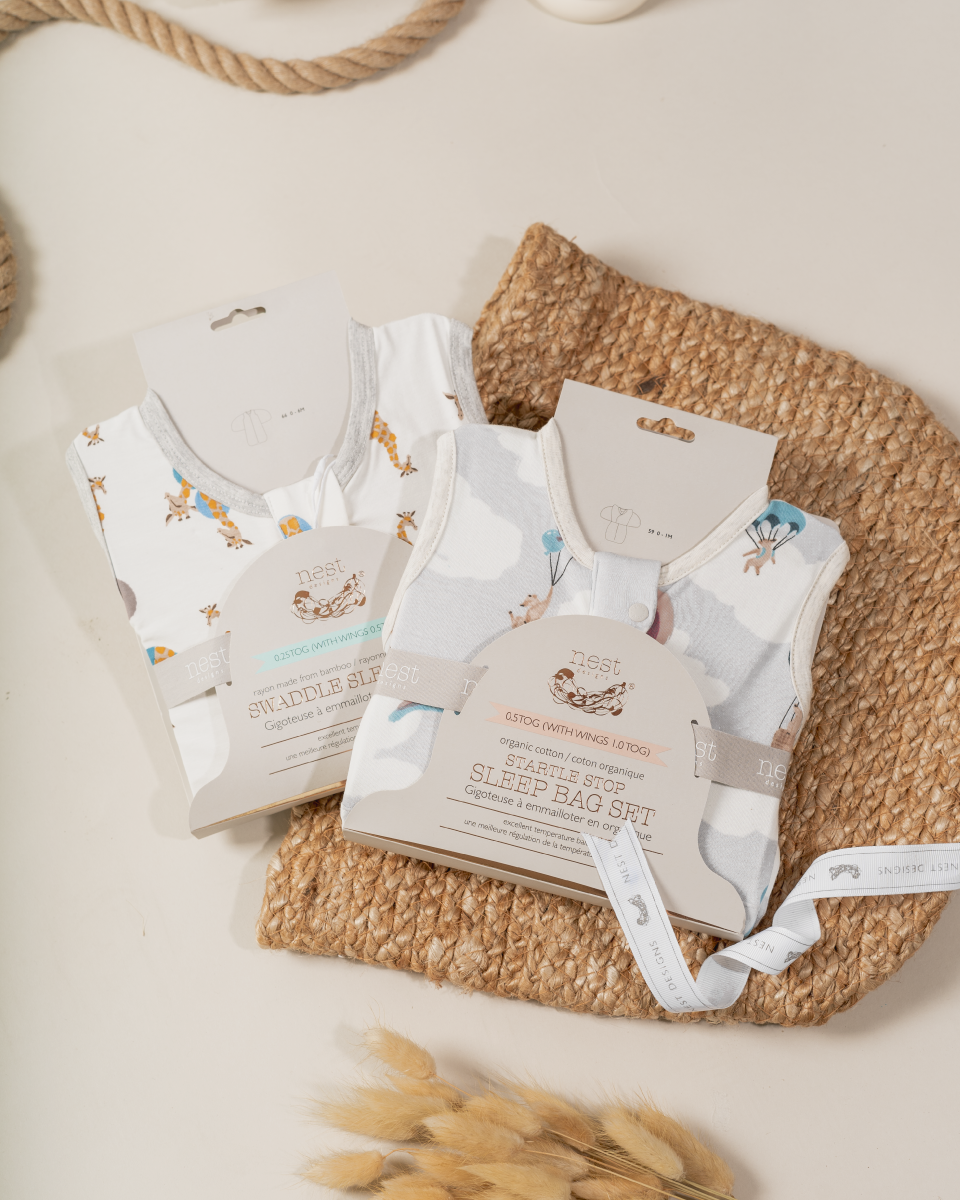
Here at Nest Designs, we do our best to take care of the planet—a lesson we try to instil in our little ones. Introducing the conversation about climate change to children can be difficult. We’ve come up with some tips to make this discussion easier.
Climate change is an ongoing conversation, your job is to inform and empower your kids so they feel like they can do their part to help the planet. Don’t think of it as delivering bad news, but instead giving your little one the opportunity to be part of the solution!
Why You Should Talk to Your Child About Climate Change
Like any serious topic, you want your kids to get information from you first. As they get older, kids start getting tidbits of news from their relatives, friends, online, and more. Often, news stories report on the effects of climate change, including polar ice caps melting, oceans warming, extreme weather, and animals in distress. Parents who explain climate change may lessen the overwhelm children may feel if they learn about it elsewhere.
Start with a Foundation
Babies, toddlers, and young children won’t understand the concept of greenhouse gases. At this age, it’s about cultivating an appreciation for the environment rather than explaining that they need to save it. Rather than leading with facts, give them a foundation that starts with loving the natural world. If you teach them anything at this age, it’s that living things grow and flourish when we take care of them.

Getting started is easy, simply immerse them in nature. Hike in the woods, swim at the beach, breathe in the fresh air, take them to watch fish spawn, let them be amazed at all the birds in the neighbourhood—the options are endless. Show excitement when the seasons change and talk to your little one about how spring, summer, fall, and winter are different. Learning about the different seasons helps little ones understand climate change later on.
The Basic Facts are Enough to Get Started
Climate change is an open-ended conversation. There’s no need to get too deep into the facts and science when you first introduce your child to the concept of climate change and its effects.
Keep the explanation simple by using the blanket analogy:

The world is protected by a layer that works like a blanket. It keeps the Earth at just the right temperature. Climate change is like adding more blankets to the world, which heats things up. We can’t just take the extra blankets off, so we’re trying to figure out how to get back to that one perfect blanket.
As children get older, you can explain that the additional blankets are trapped greenhouse gases and that the effects of the extra heat cause bigger storms, rising sea levels, and make it harder for animals to find places to live.
Kids like to ask a lot of questions, so be prepared with the facts. It’s okay to let them know climate change is a worldwide problem but assure them that scientists and other smart people are working very hard on making it better

Use the Right Tone and Words
Learning about climate change can be stressful for children. Try to time the conversation when your little one is calm and receptive. Frame the truth with gentle, honest words instead of harsh, terrifying ones. If climate change makes you anxious, try to mute your emotions so your kids don’t pick up on them. The goal is to empower children, not scare them into thinking it’s a helpless situation.
The big takeaway for kids is to know that we’re working to solve the problem and that there is always hope. Adults are working hard, but anyone can help, even kids. Young people are using their creative minds to invent new ways to cut emissions or pull greenhouse gases out of the atmosphere. Ideas and solutions can come from anyone.
Be Prepared for Some Big Feelings
Climate change can feel very heavy for kids. Learning about climate change may make them feel stressed out, anxious, or powerless. These feelings can bring out various responses, so it’s helpful to have some comforting activities ready if they start to feel emotionally low. It could be breathing practices, getting outside for a walk, colouring, or just having a big hug with mom or dad.
Work together as a family to come up with ideas to be environmentally friendly and have your little one help spearhead some of these activities. Praise their initiative and thank them for doing their part for the planet. As they get older, invite them to teach you about climate change too.
Problem-Solving is a Superpower
Talking about climate change shouldn’t leave children feeling helpless. Explain that they are like a superhero whose job is to protect the environment. Let them know there are things they can do at home or school to help ease the effects of global warming. Feeling like they’re helping the situation may help alleviate any stress they feel.
Discuss some activities you can do at home that benefit the Earth, such as:
Stay Hopeful About the Future
Nest Designs cares for the environment and we’re continuously evolving how we do business to minimize our carbon footprint, reduce waste, and be kinder to the planet.
Scientists say we still have time to avoid the worst climate impacts so now is an opportunity for us to teach our kids about climate change and get their help to turn the situation around. Let them be little superheroes, saving the planet one day at a time.
What environmentally friendly activities do your kids participate in?









